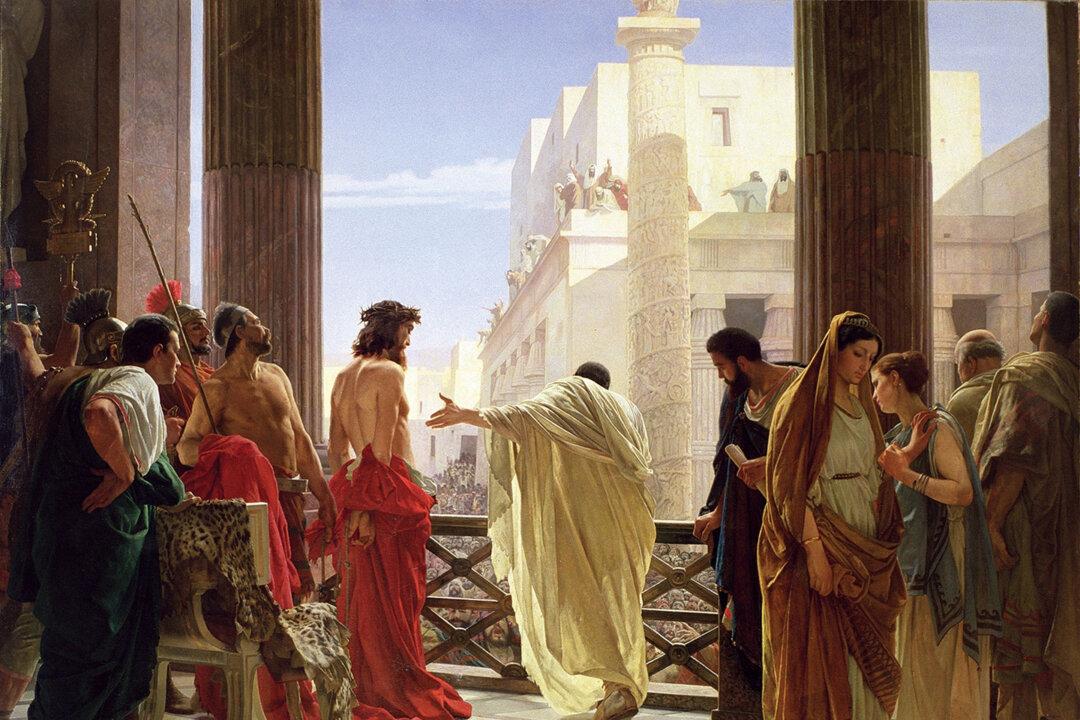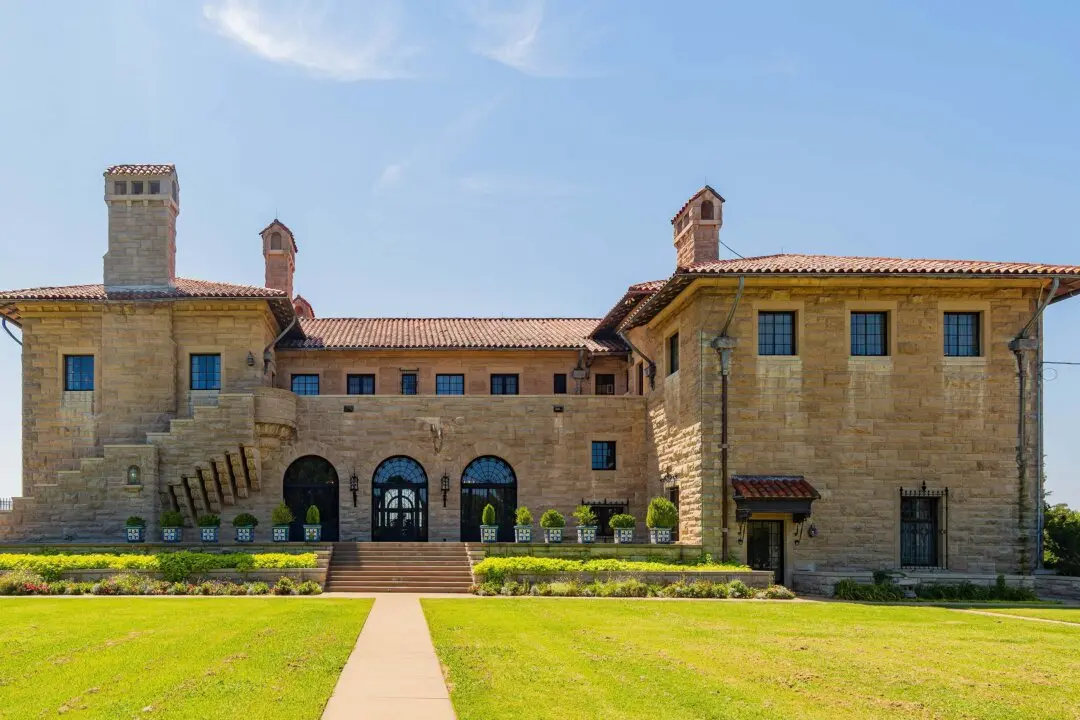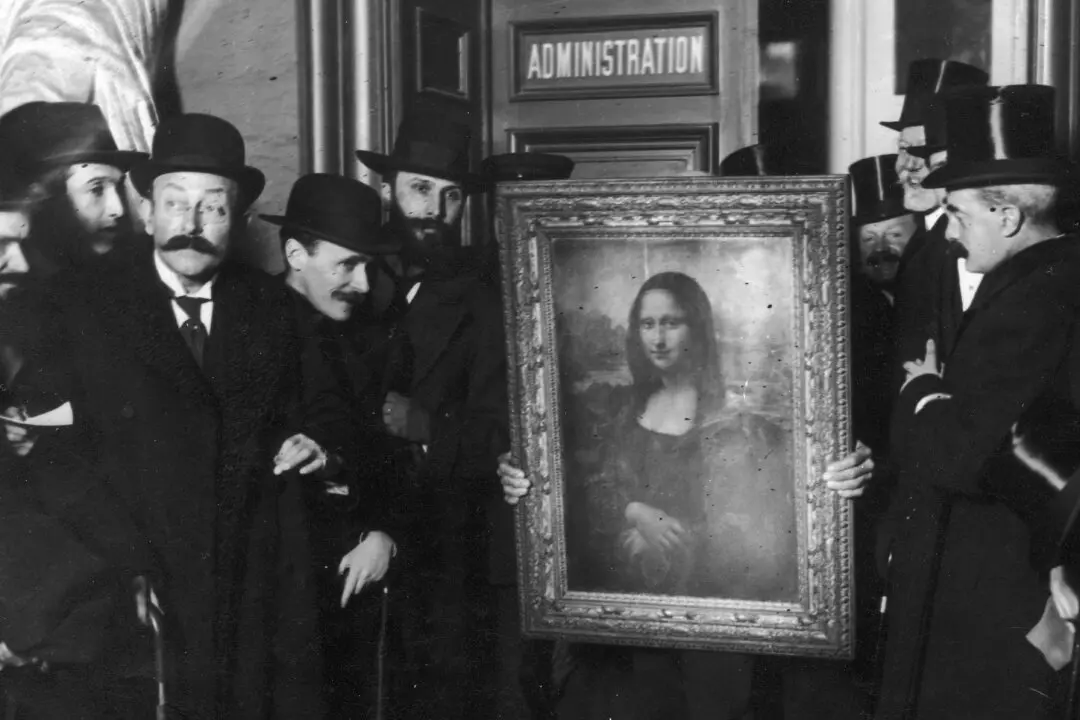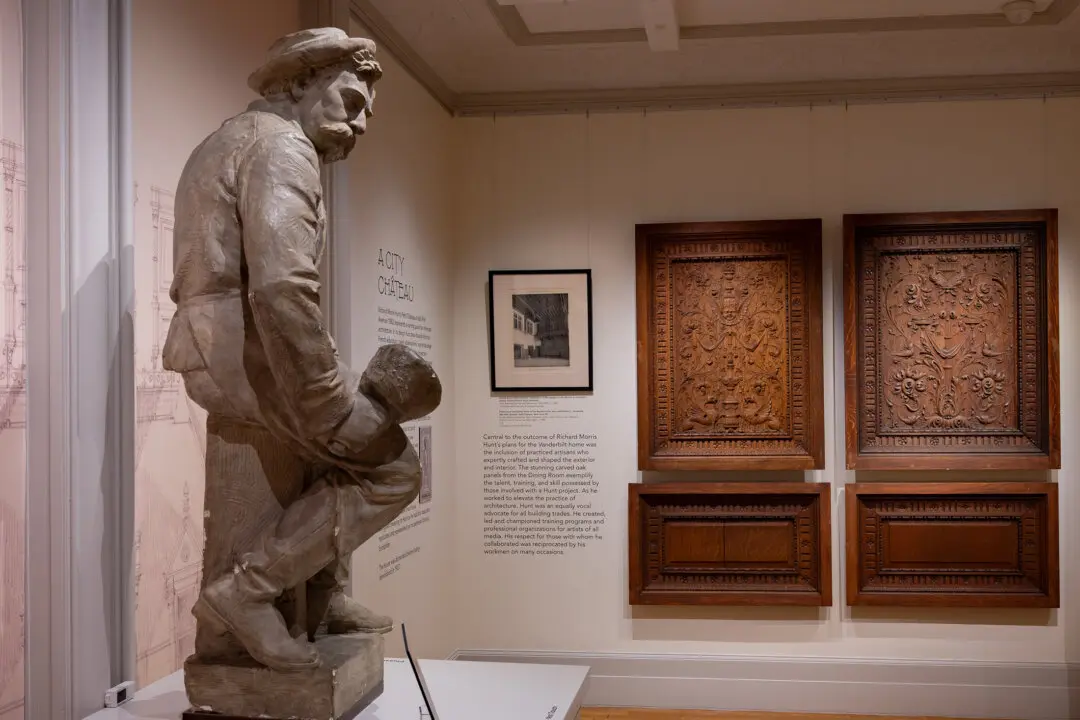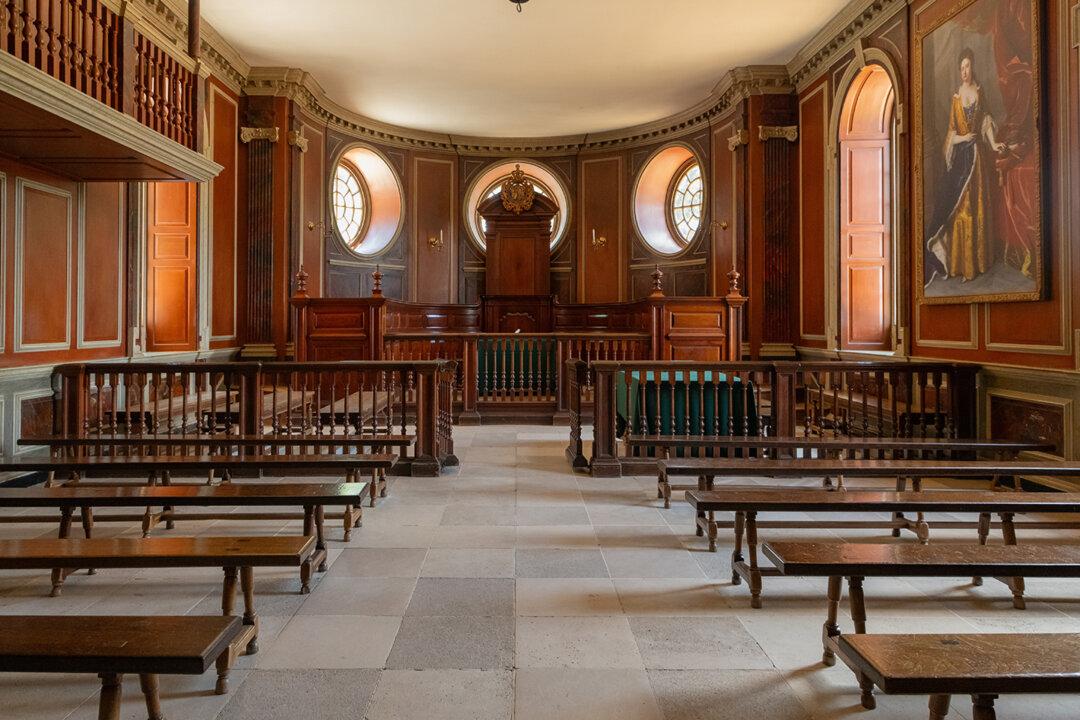On the morning of what is now celebrated as “Good Friday,” Jesus was brought to the Roman governor of Judea Pontius Pilate. Charged with subverting the nation and declaring himself a king, Pilate ultimately found Jesus innocent and resolved to have him whipped and released. Unsatisfied, the Jewish leaders demanded Jesus’s death. Antonio Ciseri’s famous painting “Ecce Homo (Behold the Man!)” captures the moment when Pilate presents Jesus to the hostile crowd, giving them the choice of saving Barabbas, a criminal, or saving Jesus. Pilate handed Jesus over to be crucified to prevent a riot.
This biblical scene has been a popular narrative among artists since the Renaissance. The Baroque artist Caravaggio painted “Ecce Homo” in 1605. However, Ciseri’s rendition became the most remembered (and reproduced) iconic scene from those of the Passion of Jesus.

